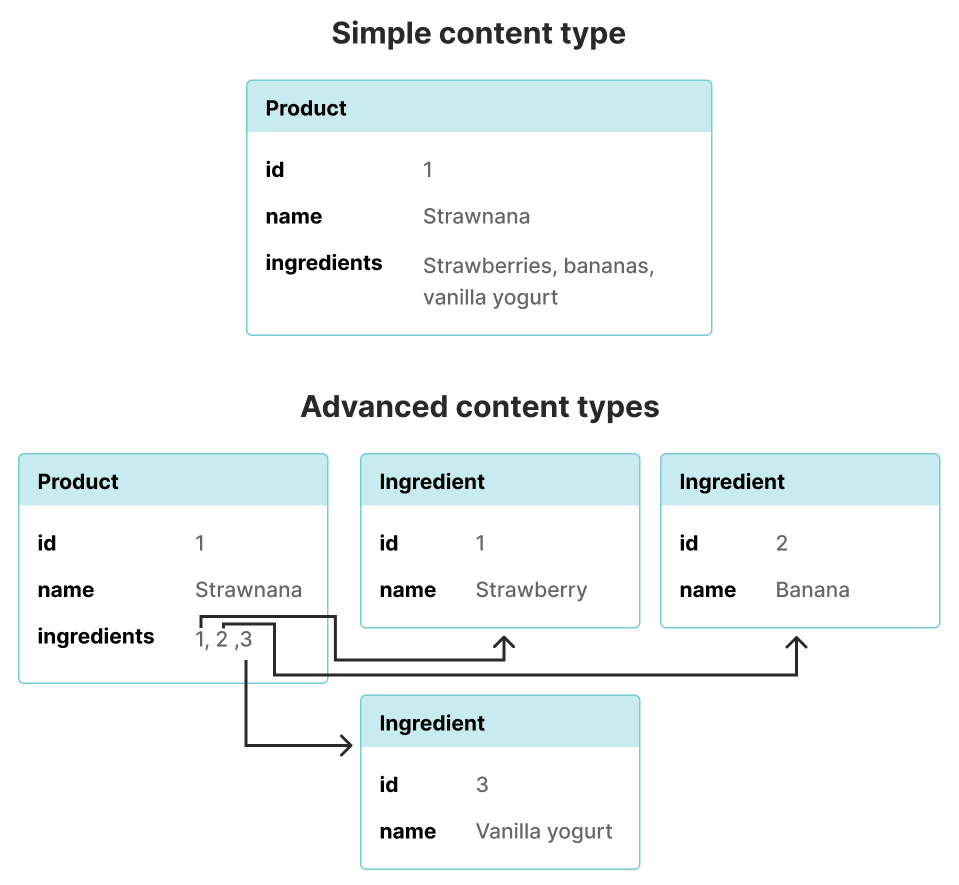Whether you are a billion-dollar business, mom-and-pop shop, or mission-driven organization, your website is a key step along your audience’s journey, so it’s essential to get it right. You’ve known this from day one.
But your organization isn’t static. It is still growing and evolving—and your website needs to evolve along with it. You must regularly publish content, add features, and improve functionality across your entire stack. After all, your website has to work for everyone, from your customers to your team.
If your website is consistently causing headaches for those individuals, it’s time for a site rebuild.
Of course, you’ve already spent a lot of time and money on your website, so understandably, you don’t want to start over. It’s tempting to code a few more workarounds or just tackle one or two issues giving your team grief, but doing so may just prolong the inevitable.
There are innovations on the web all the time. If your website isn’t keeping up, or your developers can’t make changes fast enough, you will be left behind. Here are seven signs it’s time to invest in a website rebuild.
7 Signs You Need a Website Rebuild
1. You’re drowning in technical debt
Most companies have some accumulation of technical debt, and if your current website has been around for a while, odds are you are bloated with it. Technical debt naturally occurs over a site’s lifetime; left unchecked, it can be a silent killer. It manifests as bugs, performance issues, code fragility, downtime, the inability to add new features, and long development cycles.
Take, for example, a scenario that we see often. Imagine an e-commerce site that sells fruit juice. They’ve used the same website engine for about eight years, and in that time, several different developers have touched the code, leaving some parts of the codebase looking like a jumbled mess.
While working on a holiday promotion and up against a tight deadline, developers attempted to implement a new workflow to support the holiday sale. However, technical debt made the code fragile, and when the holiday sale went live under pressure from increased checkout traffic, customers saw an increase in errors when making a purchase.
If your dev team is complaining about a build-up of technical debt or is wary of adding any new functionality, it’s time for a site rebuild.
2. You’re hanging on to outdated tech
Change happens fast, and it’s easy to fall behind, missing out on the benefits of more modernized, future-proof technologies. If your website is built on something older (Zope, Coldfusion, ASP, etc.), it will cost more time and effort to try and maintain your legacy technology than it is worth. More often than not, legacy systems hurt your organizational flexibility, business agility, and employee productivity and can put your site at risk of security breaches.
Let’s consider the example of the fruit juice site again. As the business grows, they want to adopt a new CRM. However, if their legacy tech doesn’t easily support integrations, attempting to cobble the two together will lead to poor performance, security gaps, or information loss.
3. The site performance can’t keep up with user demands
As your business grows, so will your site’s workload. Workload could refer to the need for simultaneous users, storage capacity, the maximum number of transactions handled, or anything else that pushes the system past its original capacity.
Built on old architecture that wasn’t designed to scale, the fruit juice site might experience slow load times when users are trying to search through product pages because the server takes too long to respond to requests.

If your site suffers from performance problems, it’s time to prioritize rebuilding.
4. Your site’s architecture doesn’t support the new features you need
Successful companies can easily change their websites and adapt to new business approaches. This often includes adding new user-facing features and functionality that require site architecture changes. However, old, monolithic platforms are hard to upgrade in this way.
For example, the fruit juice site revamps to support a new juice-subscription service model. This requires implementing recurring billing, custom views for account management, heavy modifications to product pages, and specialty views for customer service agents. Many sites may be solely architected to do one or two things, and these many new additions may require a bottom-to-top rethinking.
5. Your brand is undergoing significant changes
As your site grows, so does your brand. Over time, your messaging, audience, or brand’s design may change. If you think differently about how your company works, it’s a great time to invest in a site rebuild to reflect your new business needs.
For example, let’s say the fruit juice site decided to expand its offerings into a broader market, shifting from focusing only on fruit juice to promoting content about healthy eating. They now market entire meal kits and supplements in addition to juice. This evolution would introduce new business objects and content types into the site’s codebase. The company may still have “fruit” content types but would be using them differently now. If the site’s customer-facing experience is not separated from the site’s back-end experience, this might cause a real headache.
If you are using new business objects or content types, it’s time to upgrade to a custom (possibly headless) website.
6. Maintaining your website no longer fits with your mental model
If the administrative experience of your website feels dated compared to the other tools you are working with, it’s a red flag that your site is overdue for a rebuild. The apps and services we all use constantly evolve. Features that used to be standouts are now expected. Jumping from richer yet everyday experiences to something that feels clunky can cause frustration that compounds.
Suppose the fruit juice website also begins selling more ingredients for healthy eating, exploding the number of content types supported. Without search, categorization, inline editing, and other user-friendly features, this could be a nightmare to support and maintain.

7. Your current platform is proprietary
Working with off-the-shelf vendors is a simple option for starting your business. However, as your company grows, it can be frustrating to be locked into the plugin systems of WordPress, Drupal, or other ready-built platforms. These proprietary systems limit your developer options and ability to expand. Even enterprise-level systems such as Salesforce or Adobe come with too much restraint—and hefty price tags— for any custom changes.
It’s Time to Rebuild Instead of Bandage
If any of the signs above sound too familiar, it’s time to stop bandaging your website with workarounds and embrace a complete rebuild. Though it can seem overwhelming at first glance, a site rebuild is a valuable investment in your future growth and success. It’s an opportunity to build a more robust solution focusing on clean code, reusable patterns, and long-term maintainability.
Ready to investigate if a website rebuild is right for you? Lincoln Loop can help.



